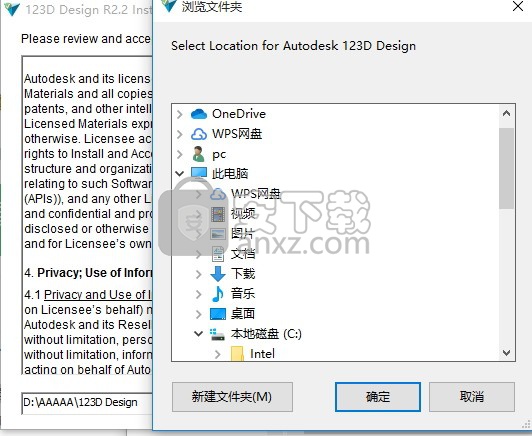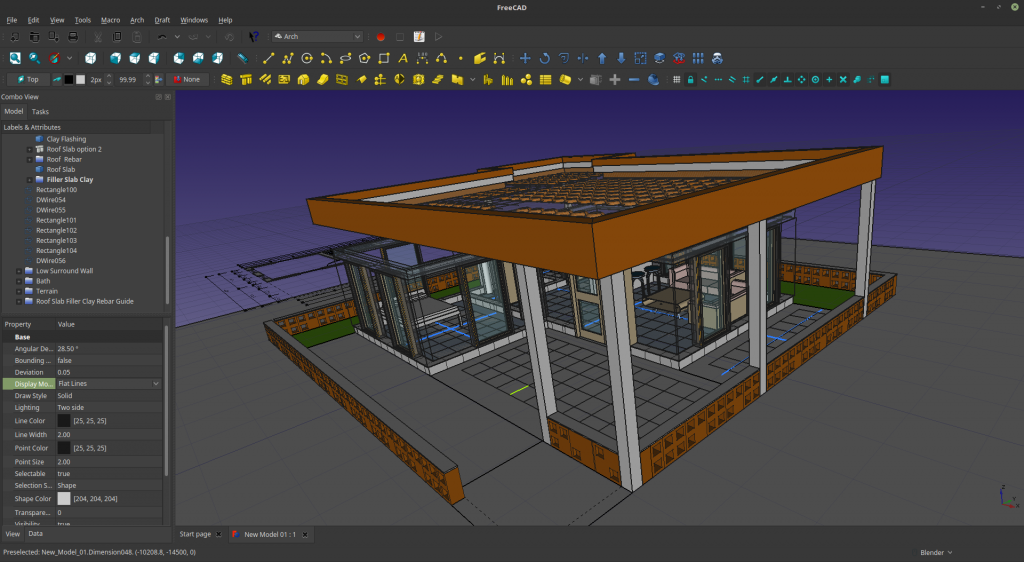

3DPrinterOS 3D MODELING SOFTWARE - BEGINNERSĪutodesk’s TinkerCAD is probably recognized as one of the most accessible and beginner-friendly 3D modeling programs out there. MeshMixer 3D modeling software - Intermediate to Advancedģ5. Check them out: 3D modeling software - BeginnersĦ. Of course, trying to choose the best 3D modeling software for you can sometimes be a bit daunting, so we’ve put together a comprehensive (but not exhaustive) list of our top choices for 3D modeling and 3D printing software. But, what would a 3D print actually be without the modeling tools at the maker’s hands? Not much. A potentiometer is additionally a three-terminal resistor with a sliding or turning contact that structures a movable voltage divider And, in that circumstance, there is just two terminals being utilized, assuming this is the case, one end and the wiper, goes about as a variable resistor or rheostat.As we well know, behind every great 3D print is a great maker.

Same thing will happen in the circuit as potentiometer is also known to be a switch for the light bulbs. What would happen if a potentiometer replaced the slide switch in the drawing? Adjust the alignment grid from the upper left corner of the circuit board as needed. Note: The quoted price for creating a working board changes with its size. Select the edge of the circuit board to change the dimensions. Drill mounting holes in the circuit board as needed. The circuit board can be labeled using the Text tool.į. The com terminal (middle prong) on the Slideswitch will require an angled copper trace wire to avoid completing the circuit to the outer terminal prongs.Į. Use the icons at the top of the screen to control the wire angle.ĭ. Replace each green connection with a copper trace wire. Rearrange the components to eliminate wire overlap.Ĭ. Part 2: Design the printed circuit board using Autodesk 123D PCB View Step 1: Design a final product.ī. The switch should complete only one circuit at a time, turning each light on and off individually. Use the Start Simulation button and toggle the Slideswitch by clicking on it. Draw wires connecting the slide switch to the columns of the negative terminals for the light bulbs. Add a Slideswitch component to the breadboard drawing, with the center prong in the same column as the black wire.į. Create a new ground wire, negative wire, between the two lights. Draw a second red wire on the breadboard.ĭ. Add a second light next to the breadboard.Ĭ.

Delete the negative (black) wire from the circuit.ī. Use the Start Simulation button to turn on the light.Ī. Use the Breadboardwire Color dropdown to change the wire color, select red for positive and black for negative.ĭ. Draw two wires on the breadboard directly below the light bulb terminals by clicking once on the hole to start of the wire and then click a second time on the hole to end the wire.

Select the Light Bulb from the components list and add it to the breadboard.Ĭ. Note: Use the scroll wheel on the mouse to zoom in and out.ī. Select the 9V Battery in the components list, and place its terminals on the positive (+) and negative (-) rows at the bottom of the breadboard. Step 3: Add components using the + Components button.Ī. Select New Electronics Lab to reveal a breadboard. Choose the Electronics Lab icon on the left side of the page.Ĭ. Select the icon consisting of three horizontal lines to access the menu.ī.
AUTODESK 123D DESIGN LINUX FREE
Navigate to and sign up for a free account.Ī.


 0 kommentar(er)
0 kommentar(er)
